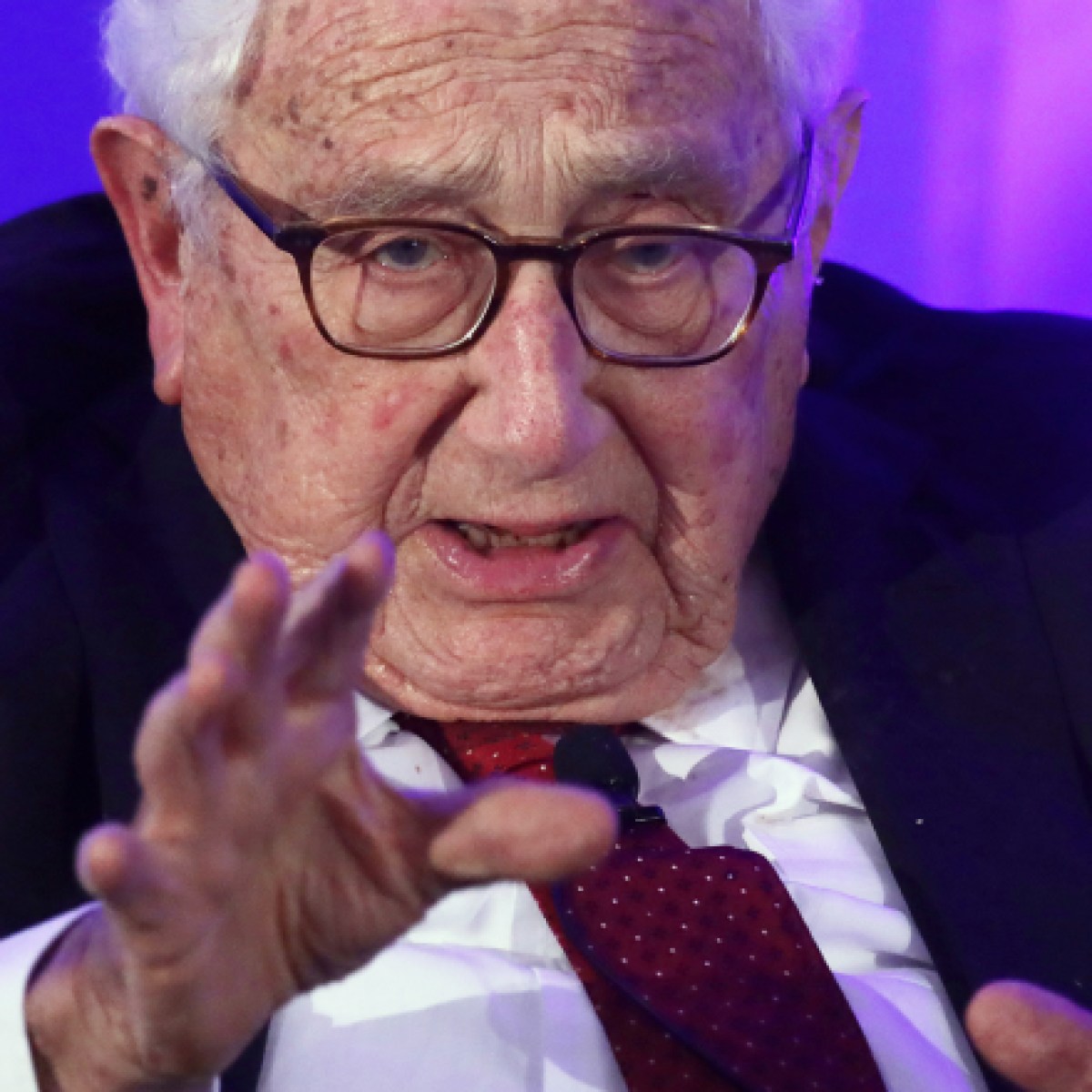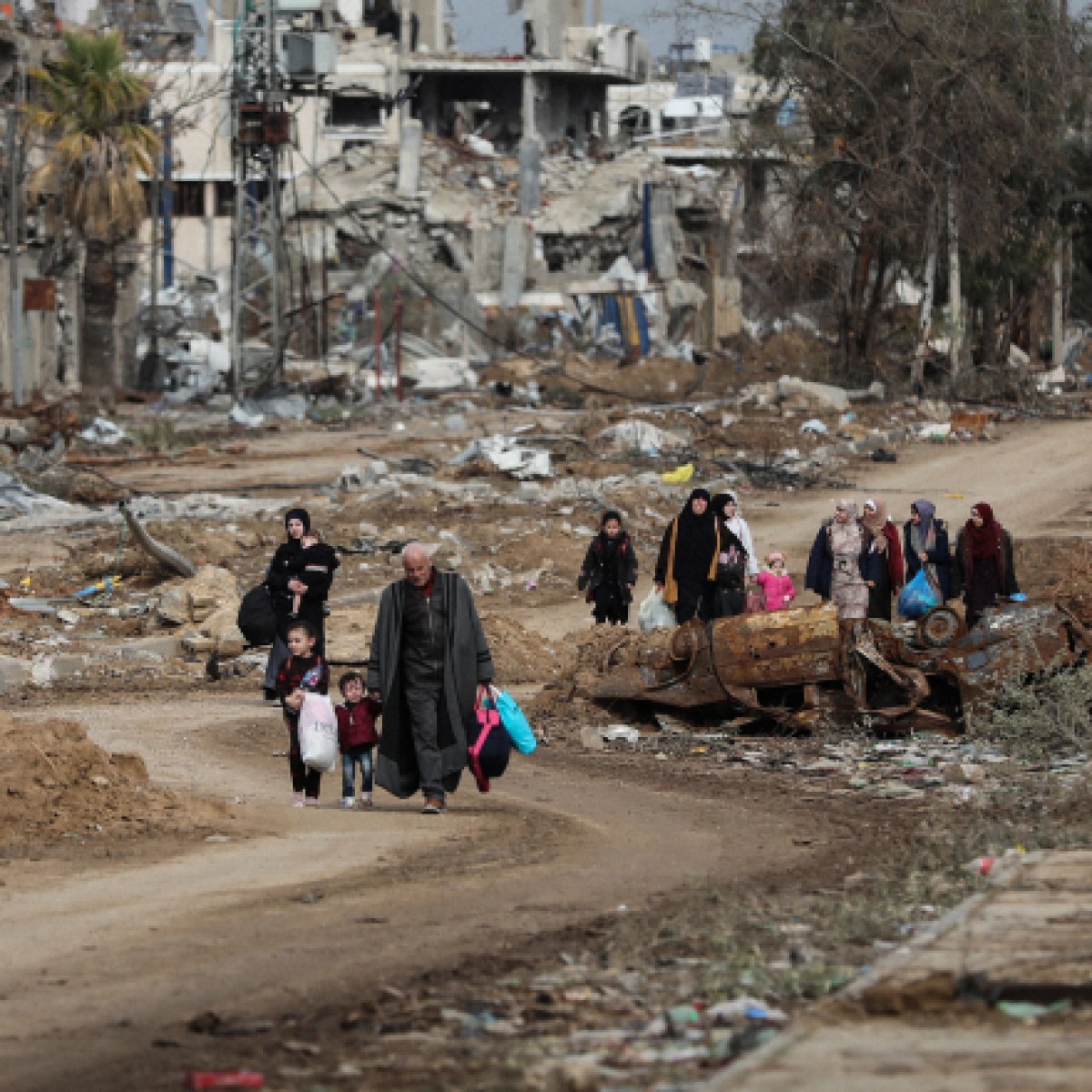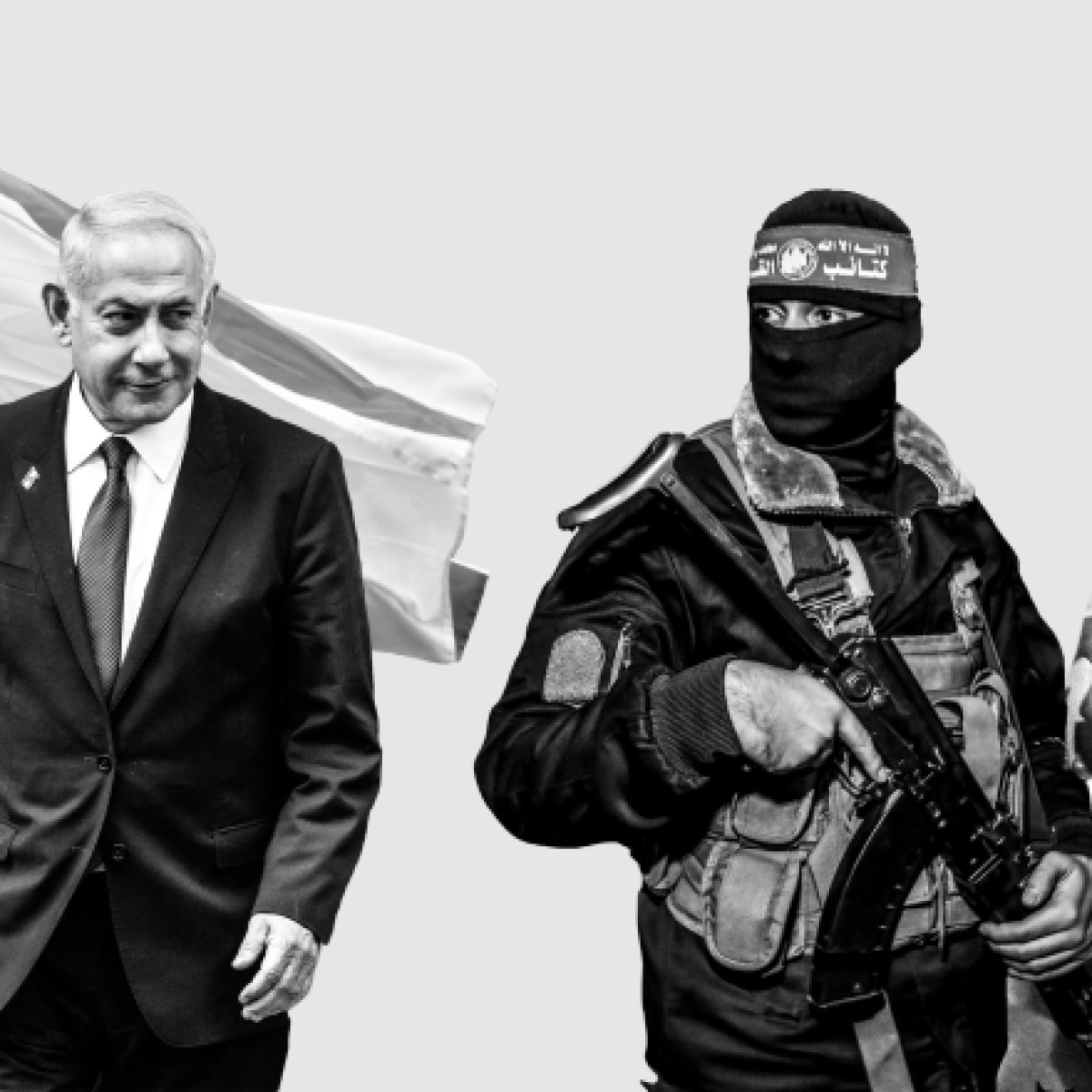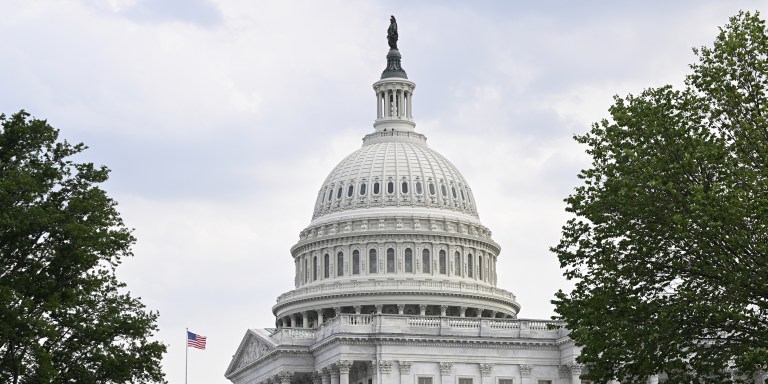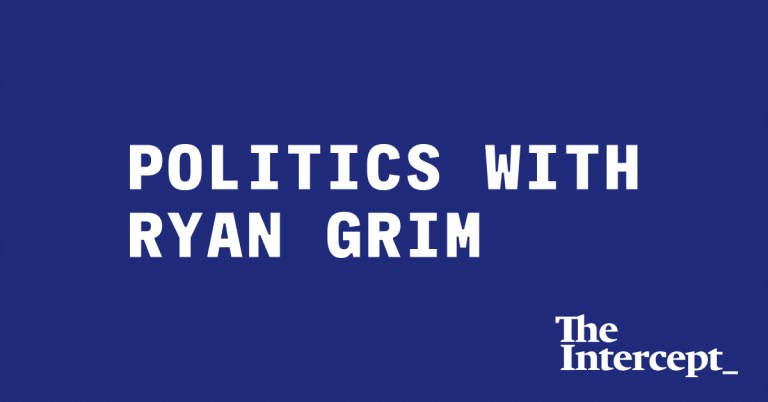For three weeks this fall, Israeli forces closed all roads leading in and out of Nablus, a Palestinian city of 170,000 people and the economic hub of the occupied northern West Bank. As residents of the city and surrounding villages were locked in or out — cut off from jobs, school, family, and access to medical care — Israeli soldiers entered the city with armored vehicles, placed snipers on rooftops, shot at homes, and reportedly blocked medical crews from aiding the wounded. At least six people were killed and dozens were injured during the siege, which a prominent Palestinian human rights group denounced as a form of “collective punishment.”
Israeli officials said the raids were targeting members of a new militant group that has emerged in recent months; the siege followed the killing of an Israeli soldier near the city in October. While Israel partially lifted the road closures earlier this month, the 21-day lockdown signaled a remarkable escalation of Israeli force in a part of the West Bank that is — at least nominally — under the control of the Palestinian Authority. But the incursions and blockade of Nablus were only the latest in a growing series of Israeli acts of aggression in the West Bank that have put Palestinians on edge even before an Israeli election returned right-wing former Prime Minister Benjamin Netanyahu to power this month. While the territory, home to nearly 3 million people, has been under military occupation since 1967, and violence by Israeli soldiers and settlers is relatively commonplace, the last few months have reminded residents of past surges in Israeli violence that were met with widespread Palestinian resistance, including during the Second Intifada of the early 2000s.

Outside the West Bank, however, few people took notice. With some exceptions — like the May killing by Israeli forces of Palestinian American journalist Shireen Abu Akleh in the city of Jenin, which U.S. officials are now investigating after months of inaction — developments in the occupied territory are largely ignored by foreign governments and media. Attacks against Palestinians there have become ordinary occurrences and are rarely large-scale enough to prompt news coverage or statements of rebuke.
“You don’t see the West Bank in the news like you see Gaza, because Gaza is bombed, you have these devastating images, videos, stories — it gets in the news, but even then, it dissipates,” Yara Asi, a Palestinian American researcher who was working in Nablus through the recent siege, told The Intercept. “I think that obscures a situation that has been getting significantly worse in the West Bank.”
“This is firmly within Area A, as designated by the Oslo Accords,” she added, referring to a breakdown of the occupied territories in different areas of control, with Area A being the one theoretically under the civil and security control of the Palestinian Authority. “So when you hear that Israeli jeeps have raided the city, or that they have closed the city, this just belies the whole artifice that Oslo ever was, which is that there’s any place of Palestinian sovereignty in the West Bank.”
“It’s the low-grade death by 1,000 cuts that they have perfected.”
Diana Buttu, a Palestinian lawyer and political analyst, echoed that sentiment. “This isn’t Gaza, where Israel does one big operation and kills 2,000 people in a short period of time,” she told The Intercept. “It’s the low-grade death by 1,000 cuts that they have perfected. And because they perfected it, you don’t see the big picture any longer. You don’t see international condemnation, you don’t see any restraints being placed on Israel.”



Top: Tires burn on a road in Bethlehem following the funeral of 7-year-old Rayan Suleiman on Sept. 30, 2022. Left/Middle: Rayan Suleiman’s mother holds his body in the occupied West Bank, on Sept. 30, 2022. Right/Bottom: Relatives mourn the death of Palestinian teenager Mahdi Hashash, who died of shrapnel wounds from an Israeli raid, during his funeral in the refugee camp of Balata near the West Bank city of Nablus on Nov. 9, 2022. Photos: Getty Images
Deadliest Year
Even as the killings are distributed over weeks and months, rather than concentrated as in the rapid bombing campaigns Israel has launched on Gaza with increasing frequency, military and settler violence in the West Bank is on the rise. The United Nations last month warned of an “explosive situation” as 2022 is on track to become the “deadliest year” in the West Bank since 2006, with at least 105 Palestinians, including 26 children, killed there: a 57 percent increase over last year. The youngest, 7-year-old Rayan Suleiman, died of an apparent cardiac arrest after being chased by Israeli soldiers near the city of Bethlehem.
Ten Israeli civilians, three foreigners, and four Israeli soldiers were killed by Palestinians from the West Bank in that time frame, according to the U.N. But deaths are only one way to measure the worsening situation in the West Bank, where hundreds of thousands of Palestinians also face restricted mobility, land expropriation, and economic hardships created by the occupation. Movement restrictions by way of Israeli checkpoints and road closures, in particular, have been tightening, while attacks by settlers, often operating with the military’s protection, have become more frequent. The olive harvesting season, when Palestinian farmers leave their villages to work in the groves, has become one of the most dangerous for them.
Still, the almost routine reality of the violence Palestinians face has made it hard for observers to grasp at the big picture — and take note of a perceptible shift that is further fueling anxiety and resentment.
“Only when you step back, you see just how alarming it is, how devastating this whole thing is,” said Buttu, stressing that violence is a built-in feature to the occupation. “I’m torn between saying this is an escalation and saying this is part of what we’ve lived through for 55 years. … The whole world is shocked by Ukraine. But that shock doesn’t apply here, because it’s been 55 years.”

Members of the Lion’s Den resistance group fire into the air during the funeral of Tamer al Kilani in the city of Nablus in the occupied West Bank on Oct. 23, 2022.
Non-Factional Resistance
Both the recent siege of Nablus and a stream of military incursions over the last months in other cities in the West Bank have largely been aimed at suppressing a new crop of armed Palestinian groups that have emerged in response to both the protracted occupation and growing frustration with the Palestinian Authority.
The groups — including Nablus’s “Lion’s Den” and Jenin’s “Hornet’s Nest” — represent a continuation of a long tradition of Palestinian militant resistance but also a remarkable departure from earlier iterations of it. Made up mostly of young men who were not around during, or are too young to remember, the Second Intifada, these groups conceive of themselves as local defense units, targeting Israeli forces from within the occupied territory. Crucially, they also propose an alternative to long-entrenched factionalism that has dominated Palestinian politics and armed resistance in the past.
“One of the most important things about this moment is that you see these groups coming together in places like Jenin, Nablus, Tulkarem and elsewhere, under a common umbrella, willing to engage in armed resistance and directly confront the Israeli occupation, but doing so under this sort of shared banner,” Yousef Munayyer, a Palestinian political analyst, told The Intercept.
Supporters of the groups run the gamut from traditionally “Marxist, leftist parties in Palestinian politics, all the way across the spectrum through nationalists and political Islamists,” Munayyer added. “Palestinian politics for years has been characterized by this really damaging divide between the largest factions — Hamas and Fatah — that have demobilized Palestinian politics in the West Bank and Gaza. What’s different here is not the fact that there is an engagement in armed resistance, of course that’s always been present, but that it’s being done under this non-factional banner.”
In fact, Palestinians’ growing frustration is directed not only at Israel’s occupation but also at the Palestinian Authority, which has exercised control over the West Bank since the Oslo Accords and which many have come to see as an extension of the occupation itself.
The existence of the Palestinian Authority has offered an internationally recognized, bureaucratic framework that has allowed the flow of foreign funds to the occupied territories and the maintenance of a semblance of order. But a deeply controversial security cooperation with Israel has made Palestinian security forces the first line of repression against Palestinian resistance. The PA has grown increasingly authoritarian over the years: No elections have been held since 2006, and Palestinian President Mahmoud Abbas dissolved Parliament in 2018. Since then, Palestinian forces escalated a crackdown on Palestinian activists and civil society, sending the PA’s legitimacy tumbling. Some 80 percent of Palestinians said last year that they wanted Abbas to resign. That figure was only slightly lower in a poll taken this year.
“He knows that he has no legitimacy, and he knows that he’s gotten to the point where the only legitimacy he has is through the donors and through Israel,” said Buttu. “He knows that if he doesn’t have the international community, and he doesn’t have Israel, he has nobody, he is finished.”

“Simmering Intifada”
Uncertainty in the West Bank has been thrown into further turmoil by the results of Israel’s fifth election in four years earlier this month, which returned Netanyahu to power and is set to give Israel its most right-wing government ever.
Some Palestinians note that what happens in Israeli politics doesn’t change the reality of the occupation. They point to Israeli violence over the last year as an effort by the former government to prove that it was as tough as the right-wing opposition. If anything, they add, Netanyahu’s extremism exposes the reality of Israel’s plans for continued expansion in the West Bank.
“There are probably some on the Israeli side that would like to try to manage the status quo for as long as they possibly can, but the status quo is not unchanging as it relates to Palestinians. For us, the status quo means a constant growth of settlements, constant deepening of apartheid, continued ethnic cleansing,” said Munayyer. “And I think there are some Israelis that really represent a forceful and growing contingent among the Israeli pubic who want to see that recalibrated in a very accelerated way. They want greater attacks against Palestinians, to more forcefully expel Palestinians from larger swaths of their land, and really to take the kind of provocative actions that are not simply going to instigate small skirmishes or fights but that are intended on creating a much bigger conflagration.”
It’s too soon to predict whether the shift will last and how effective a new generation of Palestinian resistance groups can be. Israel’s crackdown in recent months has led to the killing or arrest of much of the groups’ leadership, though support for them appears to be growing, also in response to that crackdown. The dynamic is not new: While some form of armed resistance has remained a constant throughout the occupation, there have been surges in Palestinians’ efforts to directly confront Israeli forces, and they have been promptly met with Israeli repression. “Every so many years you see a willingness to reengage with a broader armed resistance, which I think is shaped in part by a distance from the severe repression that Israel brings on Palestinians every time these uprisings begin to form,” said Munayyer.
Whether mounting Israeli violence across the West Bank over the last several months will plunge the territory back into the large-scale fighting of the past remains in question — but it’s a question Palestinians and others are increasingly voicing, with some referring to it as a “simmering intifada.”
“I can’t tell you how many times I have heard people say, ‘The next intifada has started’ — but I think what we’re seeing reflects the overwhelming frustration of Palestinians,” Munayyer added. “They want something to change, even if that something might come at the significant cost of a brutal Israeli crackdown. Sometimes when you just desperately want change, you hope that what you’re seeing is the sign of change. It’s hard to predict where this is going to go, but I think it comes from that desire to fundamentally change a paradigm that millions of Palestinians feel stuck in.”


